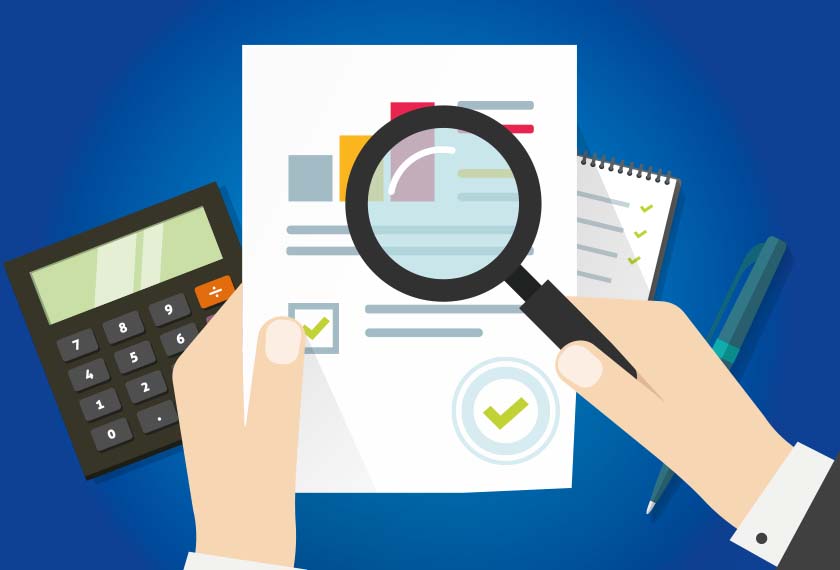Managing the event
Page updated on: 15/12/2023
Events require strict management if they are to be successful. One way of doing this is through the implementation of project management tools and techniques which can be used to identify the work required as part of the event and the correct sequencing of this work.
Work breakdown structures
The starting point for effective project management is to break the event down into a series of deliverable elements e.g. venue, entertainment, promotion, catering. Once the elements have been identified you can then produce a breakdown of the work required to successfully deliver each element of the event.
For example, as part of the event promotion you may have a poster campaign and for this poster campaign to happen, you need to conduct a series of tasks e.g. design the poster, add all the information to the poster, review the poster design, identify poster sites, specify posters sizes and numbers required, print posters and finally distribute them. Once you have identified the tasks you can then assign them to individuals to complete and you can also begin to sequence and schedule packages of work relative to the events' timescale. In doing this, you will realise that certain tasks must be completed before others can happen for example, you cannot finalise and print your poster before setting the date of the event, booking your venue and establishing ticket prices and outlets. Other aspects can be more flexible for example, you may choose not to include details of performers on your posters, as perhaps these details can be confirmed later and be included within a different part of the promotion.
Gantt Charts
Once you have identified the work packages and tasks that need completing and their sequencing relative to one another, you can then see how long the overall event will take to organise and whether there are sufficient resources available for the event project. A useful tool for viewing all the tasks and their timing is a Gantt chart, this is essentially a spread sheet with tasks along the left in each row and then columns along the top linked to dates. You can then fill in the chart to illustrate which tasks are happening on which dates. This is useful to view the whole project and as a chart to follow during the planning to see if you are on schedule and which tasks should have been completed.
Detailed event schedules, instructions and run sheets
As you get closer to the event itself, it is important to produce more detailed instructions and schedules as to the build, running and dismantling of your event. These instructions will specify tasks required for each stage of the event, where they will take place, who will be responsible, contact details, specific instructions, and resources available. These should be produced in consultation with the different parties involved in your event e.g. venue management, sound and lighting technicians, entertainers, caterers, security and so forth so they can advise on the amount of time required to perform designated tasks. Again, it is important to identify which tasks must happen in sequence and which can take place simultaneously to calculate the overall time that each stage of the event will take.
A relatively small and simple event may generate one set of instructions which is distributed to everyone, whilst a more complex event may require several sets of instructions, each of which focuses on a specific area of the event. These instructions can then be used to monitor all aspects of the event during the build of the event, as it is running and whilst it is being shut down and de-rigged. As soon as a problem is identified in terms of the event not running to schedule, then you must rapidly make decisions as to the potential impact of the activity overrun in relation to the overall event and whether further actions are necessary.
Contingency plans
During the planning and running of events it is inevitable that issues will arise, and things will go wrong. It is therefore important to identify the different issues which may arise or could go wrong, assess their potential impact on the running of your event and make plans to deal with the issues accordingly. Common problems relate to things such as venue availability, whereby an issue beyond your control impacts on the overall availability of the venue, the time at which you can gain access to specific areas, availability of key staff and so forth. Venue issues most commonly arise from miscommunication; therefore, it is essential to stay in regular contact with your venue to clarify your needs and assume nothing. Equipment failure is another area which must be anticipated and planned for, so ensure that back up items of key or vulnerable items are available. Likewise, issues surrounding performers not arriving or arriving late must be anticipated and planned for.
The potential for issues to arise and the need for contingencies to be implemented highlights how it is essential to have a set protocol in place as to what you may do in different situations and circumstances. Be clear at the outset who makes decisions in relation to different aspects of the event and how changes to the event will be communicated to all involved.
Event handbook
Once produced, your instructions and schedules, along with site/venue plans, risk assessments, communication plans and protocol, security and emergency evacuation procedures and contact details for everyone involved in the event should be incorporated into an event handbook document which forms a single source for all of the information on the running of the event. This document should be updated as necessary during the planning of the event and made available to key parties involved in the running of the event prior to the event being staged.










